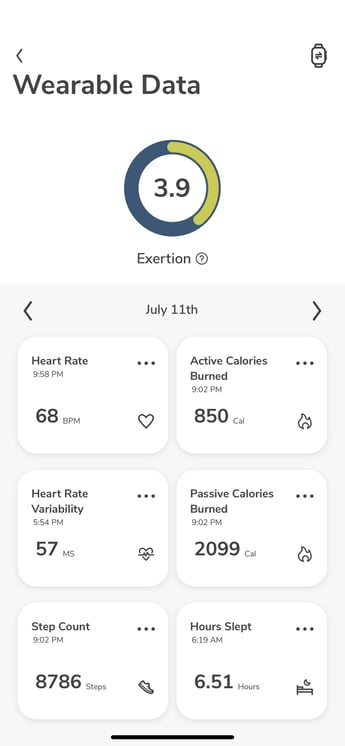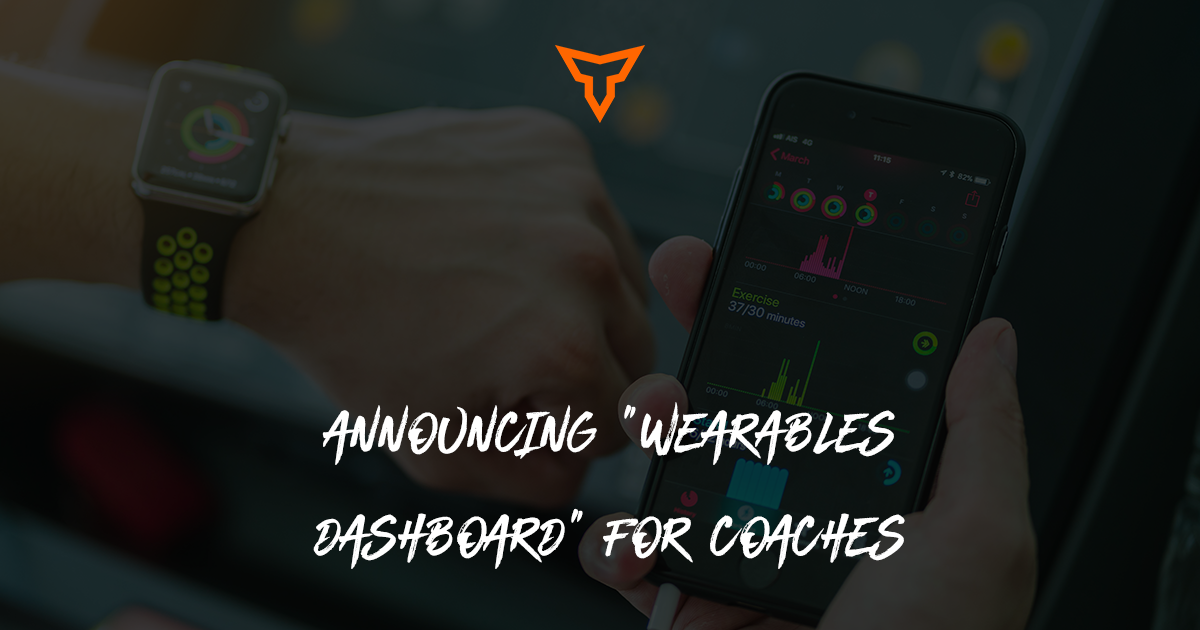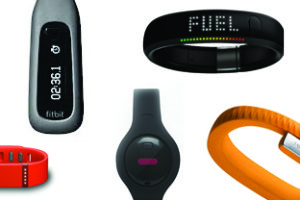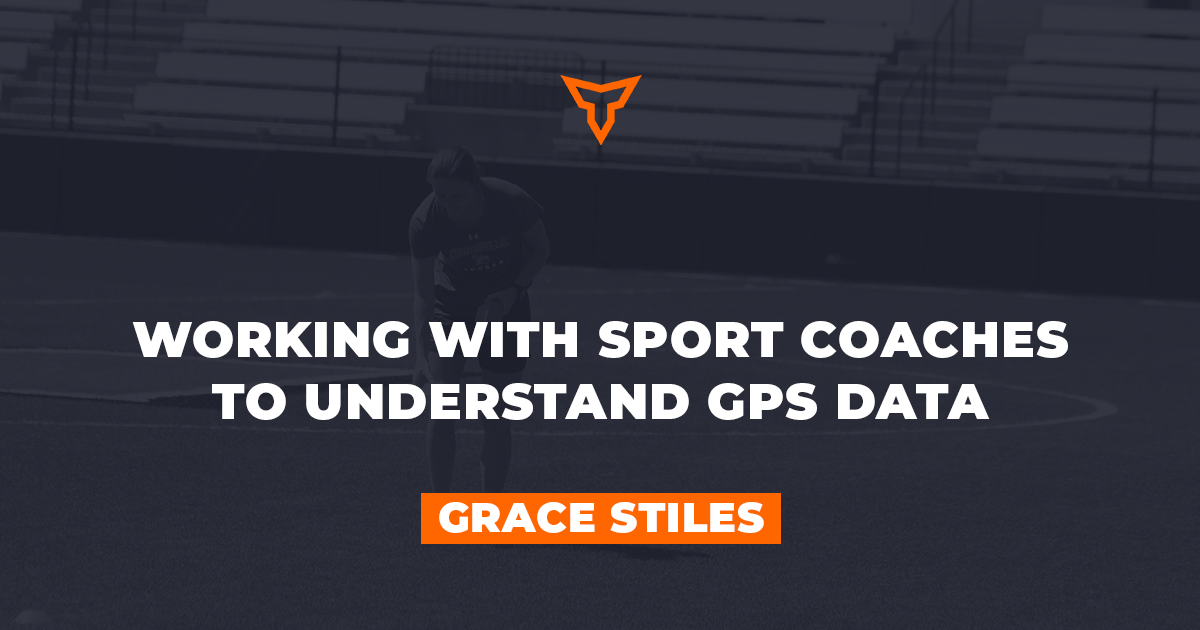Phase 1 Wearables Integration: Enhancing TeamBuildr
As mentioned in our recently published white paper, our company believes the relatively new concept of on-wrist wearables will play a larger role in athlete and client health and fitness in the future. There have never been more wearable devices in existence and a wider variety for athletes to choose from than today.
However, the biggest obstacle for users is the ability to process and interpret data in order to make significant changes to training, recovery, health habits, etc. In a controlled study at UCLA, half the participants received direct feedback based on their wearable information, and the other half were left to their own devices. The group that received consistent feedback made significant progress, while the control group showed some signs of regression toward the end of the study [1].
We at TeamBuildr made a conscious decision to integrate fitness wearable data into our mobile app so that exertion and recovery metrics could be aligned side by side with prescribed training and training data.
Providing Insight into the "Other 23 Hours"
While coaches have long emphasized the need to monitor and be intentional with how time outside of training is spent, on-wrist wearables are without a doubt the best current solution for assessing stress and recovery behavior "off-facility."
When athletes and clients are away from the training facility, coaches often miss out on how their body responds to the training they just participated in. How do they recover? What are the other stressors in their life that play into their ability to bounce back between sessions, and how much does this impact them? In collegiate sports, for example, some student-athletes may have a tough week of midterms and their heart rate never really drops that entire time, while others handle tests really well and their body doesn’t directly react to the external stressors.
The more widespread availability of wearable technology enables performance staff to take an inside look into an athlete’s recovery, readiness, and capacity to handle external stress. As such, these tools can become useful resources for coaches to lean on as they try to monitor load, balance performance and recovery, and manage athlete availability, particularly during the competitive season.
Bringing Scaled Efficacy to the Entire Sports Performance World
While the "rich" teams in sport may weigh the option of outright purchasing wearables devices from a single vendor (Eg: Whoop, Polar, Garmin) the reality is 95% of sports program, gyms, facilities and clubs may not have the means to do so. Furthermore, sourcing from a single vendor will inevitably make the organization beholden to a single vendor.
Our approach utilizes the wearables that athletes and clients already wear - essentially giving everyone a choice as to which device they want to utilize. This results in higher participation among the trainees and accommodates the existing personal devices trainees already own.
Compatible devices include:
- Garmin
- Whoop
- Polar
- Apple Watch
- Oura Ring
How It Works Today
Our Phase 1 release for wearables is a direct integration to iOS and Android health kits to import wearable data into the TeamBuildr app. When athletes now open the new TeamBuildr iOS and Android app, they will be prompted to connect their phone's health kit and then asked for consent to share their data with their TeamBuildr coach(es). Phase 1 is primarily an athlete functionality on our mobile app.
.png?width=348&name=image%20(2).png)

Note that by directly integrating with iPhone and Android, we are not building direct integrations with the wearables makers (eg: Whoop, Garmin, etc.). These devices will already be sharing data to iOS and Android health kits, and TeamBuildr will then import data from those repositories on the athlete's smartphone.
The integration is currently free and includes the displaying of:
- Proprietary Exertion score (0-10) - This score utilizes all data below:
- Hours Slept
- Heart Rate (HR)
- Heart Rate Variability (HRV)
- Active Calories Burned
- Passive Calories Burned (Basal Metabolic Rate)
- Step Count
What the Future Will Bring
As noted, this is Phase 1. The ultimate goal functionality from this initiative will be to provide coaches and trainers with a comprehensive Biometric Dashboard which will aggregate wearable data for all athletes and clients - viewable as individual, group or all athletes. The reason for launching the Biometric Dashboard later is that we are prioritizing participation among athletes and clients for opting into our integration. The more participation, the more reliable our dashboard will be.
This Biometric Dashboard will be meant to show actionable insight with a notification system that can ping coaches when noteworthy events are detected. It will also render acute vs. chronic trends as it relates to exertion, recovery, sleep and other metrics.
Later phases will also include a proprietary Recovery Score which will score athlete recovery using the above data points such as sleep hours, HR and HRV as well as their most recent Exertion Score. To unlock the Recovery Score, athletes and clients will be asked to pay a nominal monthly fee while the Exertion Score will come free with the app.
Subscribe to our blog
Subscribe to receive the latest blog posts to your inbox every week.
Related posts

Announcing Our 'Wearables Dashboard' for Coaches

Fitness Wearables — The Functional vs. The Frauds

